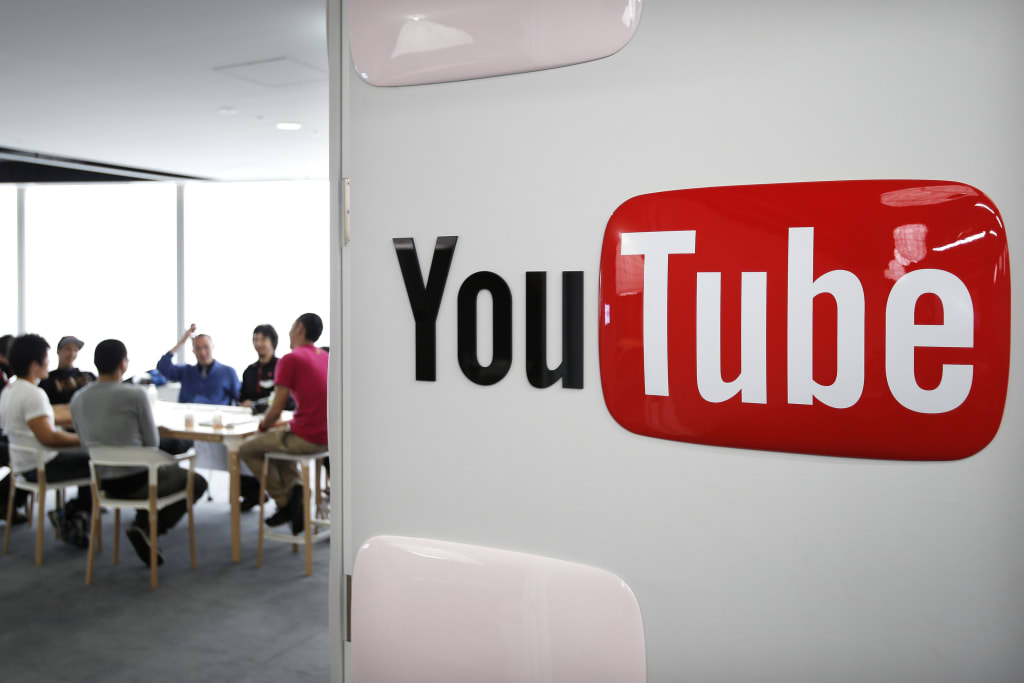Youtube company
YouTube, the titan of online video streaming site

YouTube, the titan of online video streaming, has revolutionized the way people consume media, share content, and build communities. Founded in February 2005 by three former PayPal employees—Chad Hurley, Steve Chen, and Jawed Karim—YouTube began as a platform for users to upload and share videos. Little did they know that their creation would grow into a global phenomenon, reshaping the entertainment landscape and spawning careers for countless creators.
From its humble beginnings in a garage in San Mateo, California, YouTube quickly gained traction, attracting millions of users who were drawn to its ease of use and the ability to share videos with a global audience. In November 2006, Google acquired YouTube for $1.65 billion, a move that would provide the resources and infrastructure needed to support its exponential growth.
One of the key factors in YouTube's success is its emphasis on user-generated content. Unlike traditional media platforms, YouTube allows anyone with an internet connection and a camera to become a creator, giving rise to a diverse array of voices and perspectives. From vlogs and comedy sketches to music covers and educational tutorials, YouTube hosts a vast and varied library of content, catering to virtually every interest and niche.
In addition to empowering creators, YouTube has also become a go-to destination for advertisers looking to reach a highly engaged audience. Through targeted ads and sponsored content, brands can connect with consumers in a more personal and authentic way, leveraging the platform's extensive reach and sophisticated analytics tools to maximize their impact.
Over the years, YouTube has evolved from a simple video-sharing platform into a multifaceted ecosystem that encompasses live streaming, virtual reality, and original programming. In 2015, YouTube launched YouTube Red (now known as YouTube Premium), a subscription service that offers ad-free viewing, exclusive content, and other perks to paying subscribers. This move signaled YouTube's transition from an ad-supported model to one that relies on a combination of advertising and subscription revenue.
Live streaming has also become increasingly popular on YouTube, with creators and brands alike using the platform to broadcast everything from gaming tournaments to music festivals to product launches. The ability to interact with viewers in real-time adds a new dimension to the viewing experience, fostering a sense of community and connection among participants.
Virtual reality (VR) is another area where YouTube is making waves, with the introduction of 360-degree videos and VR180 content that allows viewers to immerse themselves in the action like never before. Whether it's exploring exotic destinations, attending live events, or experiencing thrilling adventures, VR videos transport viewers to new and exciting worlds, blurring the lines between reality and fantasy.
Original programming is yet another area where YouTube is flexing its muscles, with the launch of YouTube Originals—a slate of exclusive shows and movies featuring some of the platform's biggest stars and creators. From documentaries and scripted series to reality competitions and talk shows, YouTube Originals offers something for everyone, further cementing YouTube's status as a major player in the entertainment industry.
Of course, with great power comes great responsibility, and YouTube has faced its fair share of challenges and controversies over the years. From concerns about copyright infringement and hate speech to issues surrounding child safety and misinformation, YouTube has had to navigate a complex and ever-changing landscape fraught with pitfalls and pitfalls.
In response, YouTube has implemented a variety of measures to address these concerns, including content moderation algorithms, community guidelines, and partnerships with fact-checking organizations. While these efforts have helped to mitigate some of the risks associated with hosting user-generated content, they have also sparked debate and criticism over issues such as censorship, free speech, and the role of technology companies in shaping public discourse.
Looking ahead, YouTube shows no signs of slowing down, as it continues to innovate and expand its reach into new markets and mediums. Whether it's through partnerships with Hollywood studios, investments in emerging technologies, or initiatives to support underrepresented voices, YouTube remains committed to pushing the boundaries of what's possible and empowering creators to share their stories with the world.






Comments
There are no comments for this story
Be the first to respond and start the conversation.